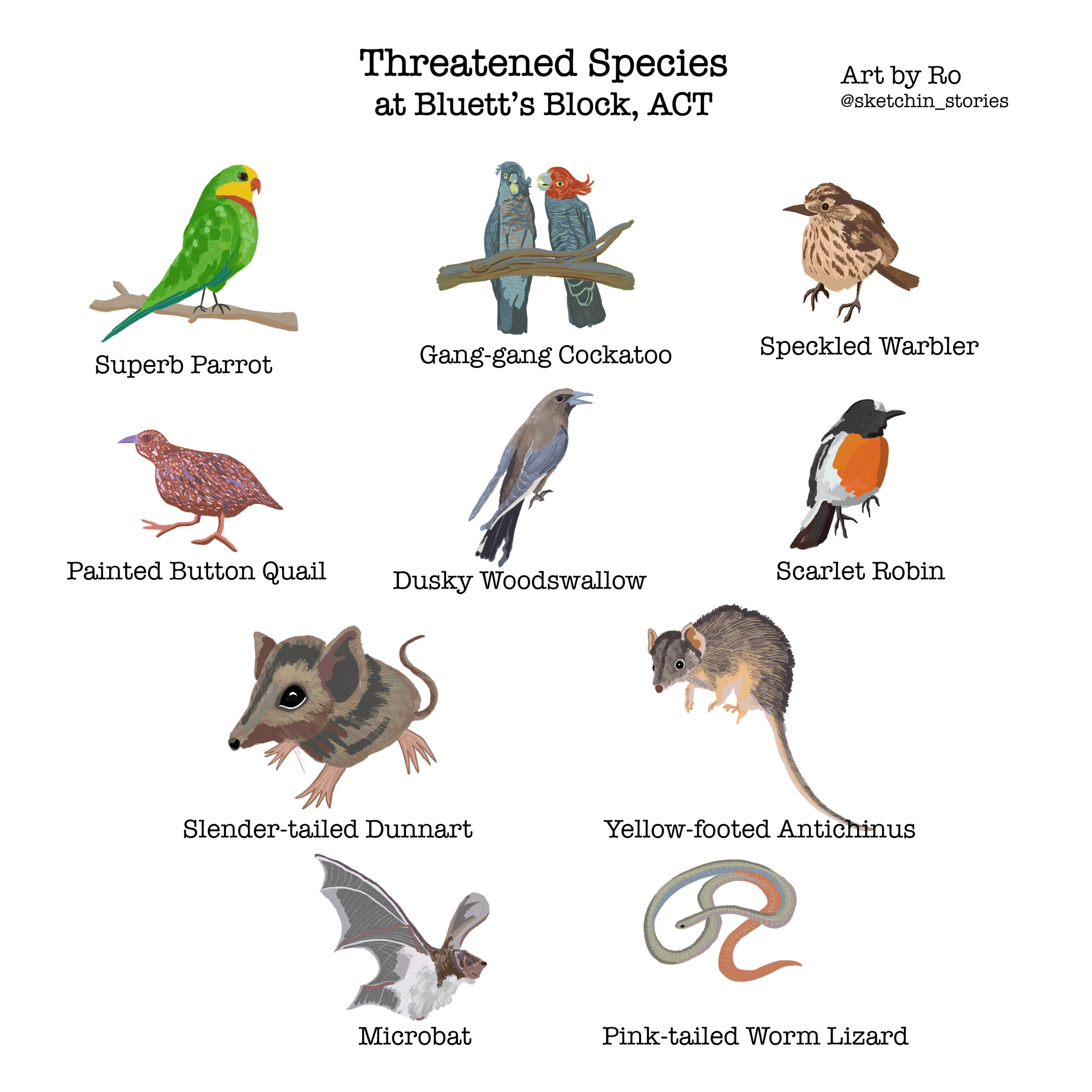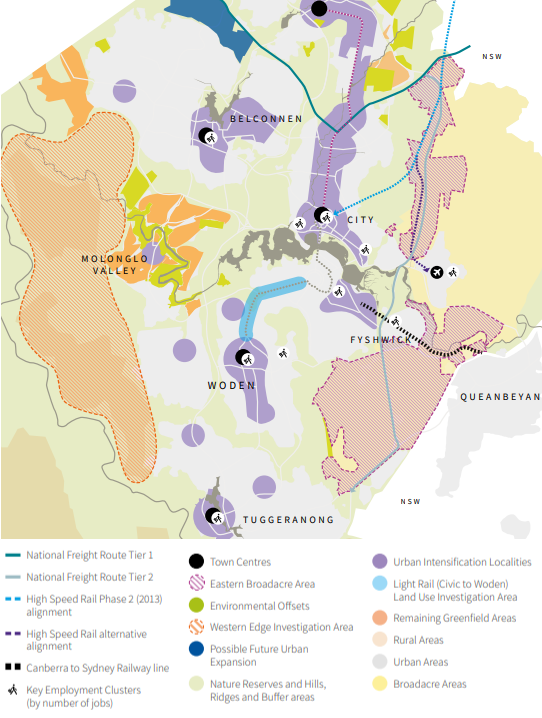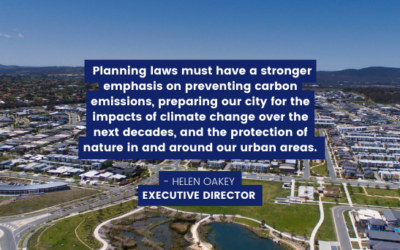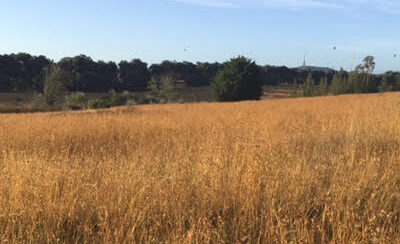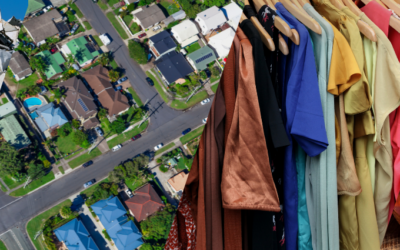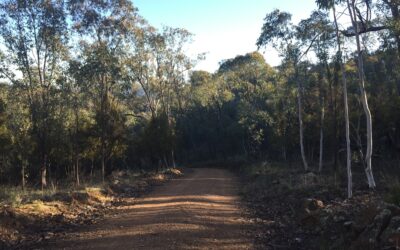
Protect Ngununggula/ Bluetts Block
The diverse woodlands of Ngununggula/Bluetts Block urgently need protection as a Nature Reserve.
Ngununggula/Bluetts Block is home to over 100 plant species as well as rare marsupial populations of Dunnart and Antechinus. A birding hotspot, it provides habitat for the endangered Superb Parrot, Gang-gang Cockatoo, and many more woodland birds – which we know are facing steep decline.
Protect Bluetts Block as a Nature Reserve
"*" indicates required fields
Ngununggula/Bluetts Block deserves to be a Nature Reserve – instead it is under threat as Canberra’s Western Edge becomes the next frontier for development. All development that will impact on the area’s important natural values should be stopped.
In addition to its extraordinary biodiversity, Ngununggula/Block – Piney Ridge is important because it provides landscape connection from the Murrumbidgee River Corridor to Kama Nature Reserve, Pinnacle Nature Reserve, and Stoney Creek Reserve. Landscape connections allow animals to move safely into different areas to breed and forage. Without connectivity across the landscape, many species cannot find food, water or shelter when they need it, leaving them vulnerable.
Details on how to get to Ngununggula/Bluetts Block
Directions: From John Gorton Drive, turn into Opperman Ave, at the roundabout entrance to Stromlo Leisure Centre turn right into Uriarra Road. After about 3km you’ll see a parking area on your right and a gate with “BB”. The map below indicates red for the gate and green for the car spaces.

The Western Edge Investigation Area
Expanding Canberra’s urban footprint to the west of the city is not sustainable development. Any development that takes place must not happen at the expense of natural values.
In the ACT we are privileged to enjoy a rich natural landscape and vibrant city simultaneously. However, we are challenged by the increasing pressures of a growing population, and the associated demands for housing and services.
The ACT Government has flagged plans for the Territory’s urban footprint to expand to the west of the city which will destroy a number of natural areas and increase the city’s ecological impact.
Bordered by the Murrumbidgee River and the regions of Weston Creek, Molonglo Valley and Belconnen, the landscape of the Western Edge is home to some of the ACT’s most significant natural places.
Ecological values of the Western Edge
Canberra’s Western Edge has been identified as having significant environmental value. Bluetts Block – Piney Ridge, a site that sits mostly within the western edge, represents the important conservation values in the area and highlights the huge risks associated with continuing urban sprawl.
Bluett’s Block-Piney Ridge should become a nature reserve. Importantly, protection of this site alone will not protect all of the natural value of the western edge.
If development of Canberra’s Western Edge proceeds, there needs to be a full environmental assessment to identify areas of environmental value and significance. There should also be swift action to manage the conservation value of the area. Some investigation is already underway, you can find preliminary ACT Government investigation into the Western Edge here.
Canberra is Australia’s second least dense city. As we respond to increased population pressure, strengthening our commitment to urban infill will reduce pressure on natural ecosystems.
High quality urban development must be accompanied by a commitment to diversifying medium density housing options to provide better choices for the community.
Urban greenspace will help to build resilience against the impacts of climate change, enhance connectivity across the urban landscape, and deliver quality-of-life benefits to the community. Green space, trees and shrubs provide vital refuge for wildlife and pollinators across the urban landscape, cool the urban environment, and slow urban water flows.

Latest News
New Planning Laws Need a Stronger Focus on Climate and Nature
Planning laws must have a stronger emphasis on preventing carbon emissions, preparing our city for the impacts of climate change over the next decades, and the protection of nature in and around our urban areas.
Canberra’s Western Edge: the new urban development frontier
Bordered by the Murrumbidgee River and the regions of Weston Creek, Molonglo Valley and Belconnen, the “Western Edge” refers to 9,800 ha of undeveloped land to the west of Canberra. Much of the area is made up of rural leasehold land whose purchase by the Suburban Land Agency in 2015 garnered much public interest. Despite, at the time, stating that there were no plans for the land to be developed for 20-30 years, the 2021 Budget announcement indicates that early planning studies are afoot.
MEDIA RELEASE: Canberra’s environment to foot the bill for Defence Housing Australia’s poor investment
The Conservation Council ACT Region is disappointed by Defence Housing Australia’s recently released revised development plans for Lawson North, noting that the proposal to construct single and multi-unit residences over critically-endangered natural temperate...
Reducing scope 3 emissions requires circular design thinking and legislated targets
The Conservation Council ACT Region welcomes the report on Scope 3 greenhouse gas emissions in the ACT, produced by the Commissioner for Sustainability and the Environment and tabled in the ACT Legislative Assembly on 11th...
Bluett’s Block – a biodiversity gem!
Below the Molonglo River Reserve and to the West of Denman Prospect Development, is a remarkable natural area known as “Bluetts Block”. Two ecological communities are found at Bluetts Block 1) Dry Forest with a shrubby-healthy-grassy ground layer located on higher...
Budget Wrap 2021-2022
Earlier this year, the Conservation Council made a Budget submission to the ACT Government this year that focussed on 4 key priorities: Respond to the climate emergency by expediting action to cut the ACT’s direct emissions from gas (stationary energy) and transport;...
Join our Newsletter
Stay updated on our news and events
"*" indicates required fields

